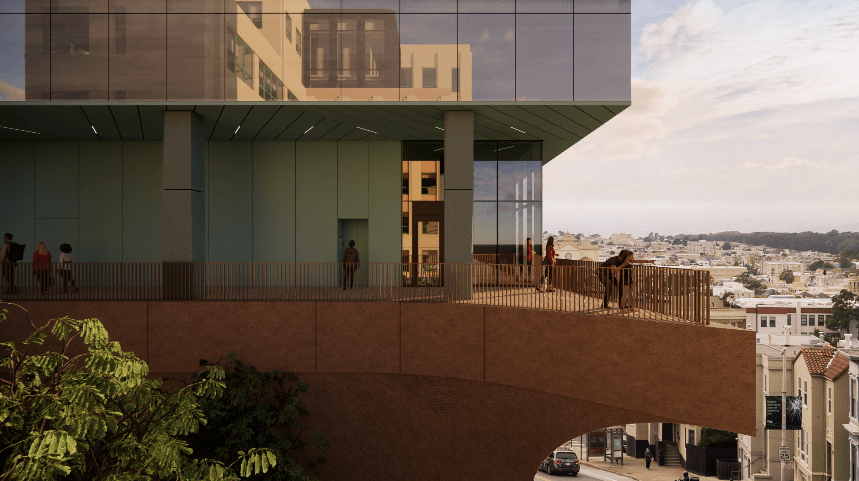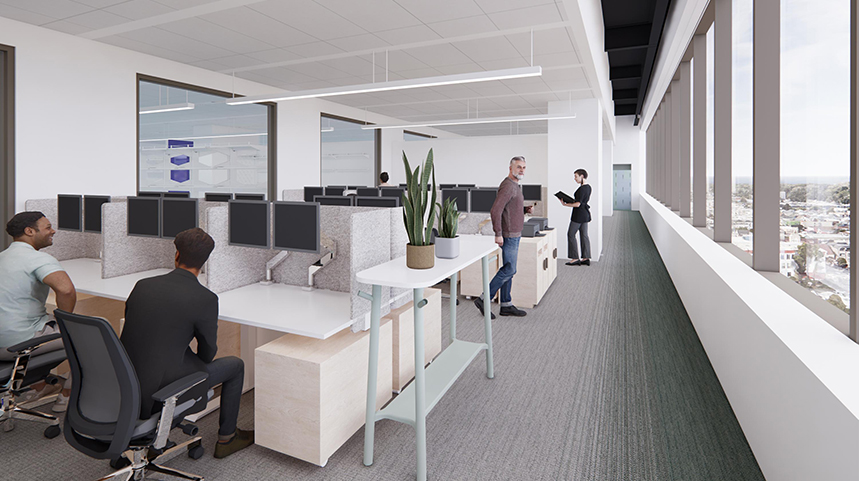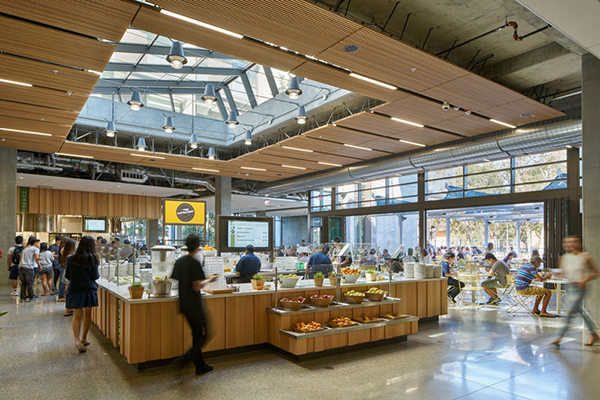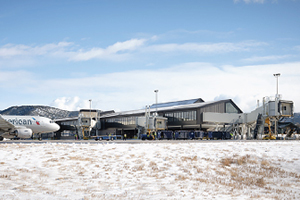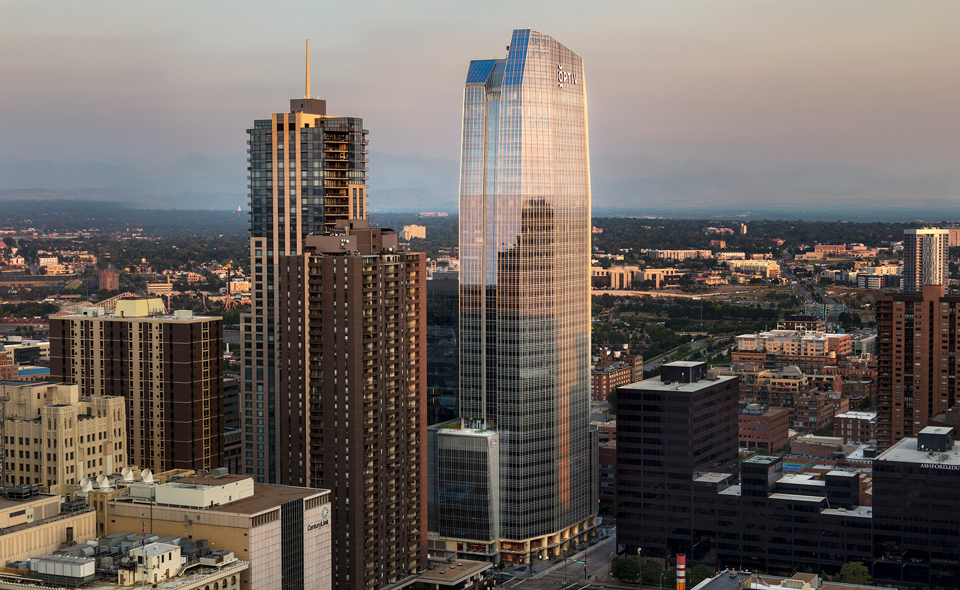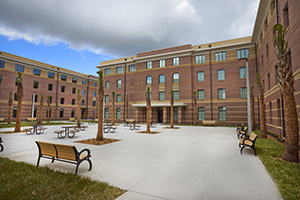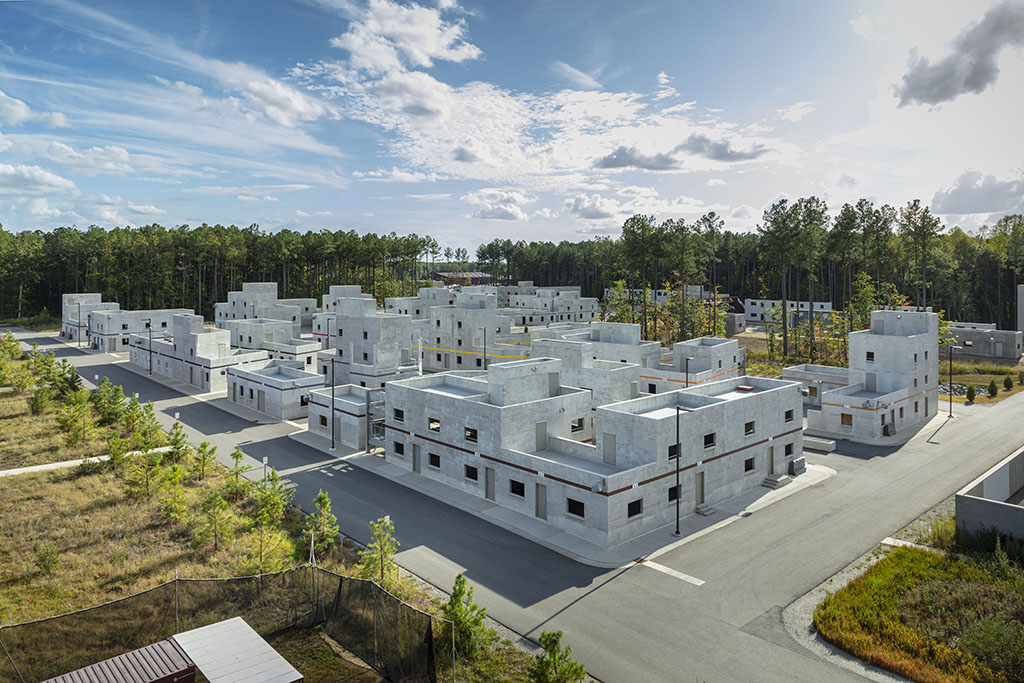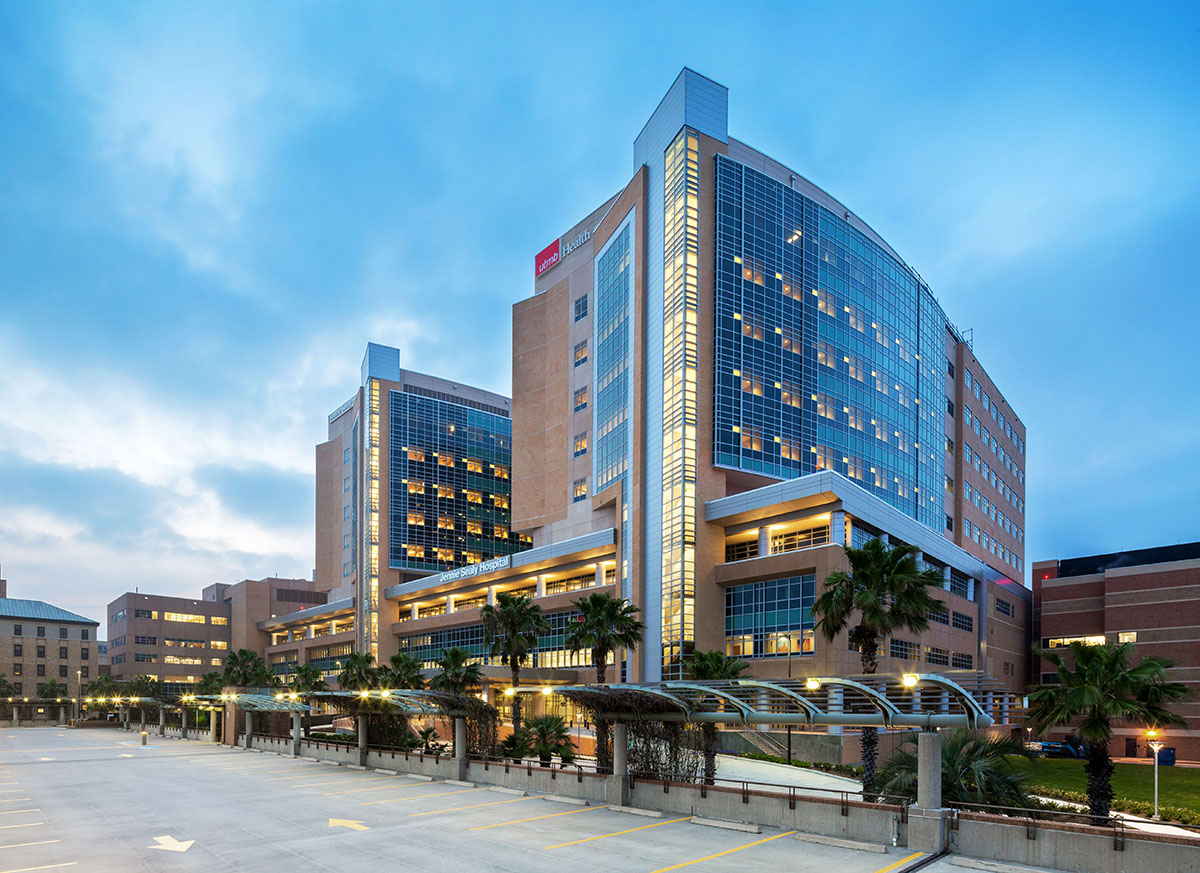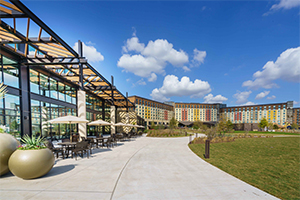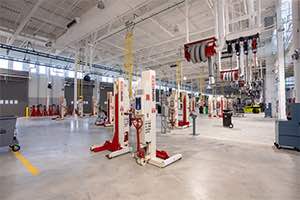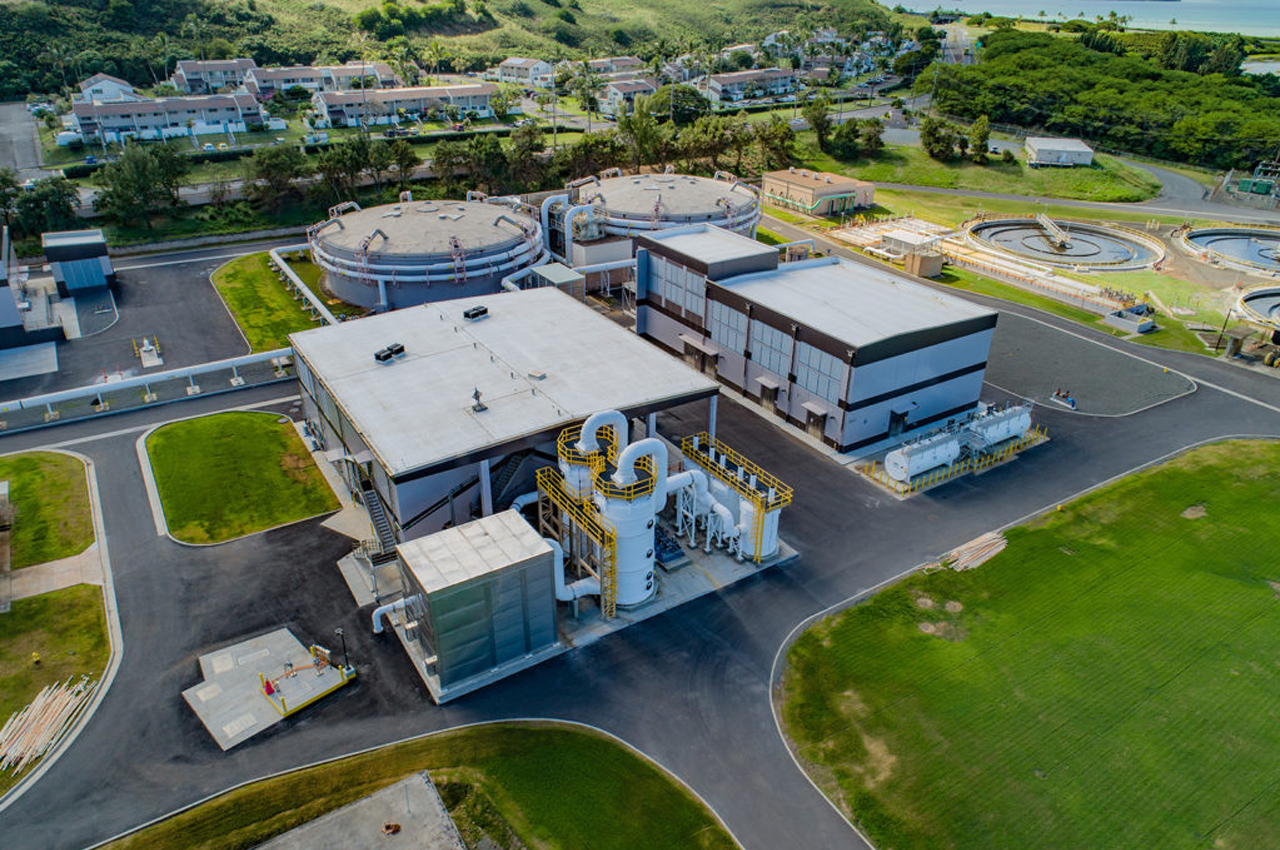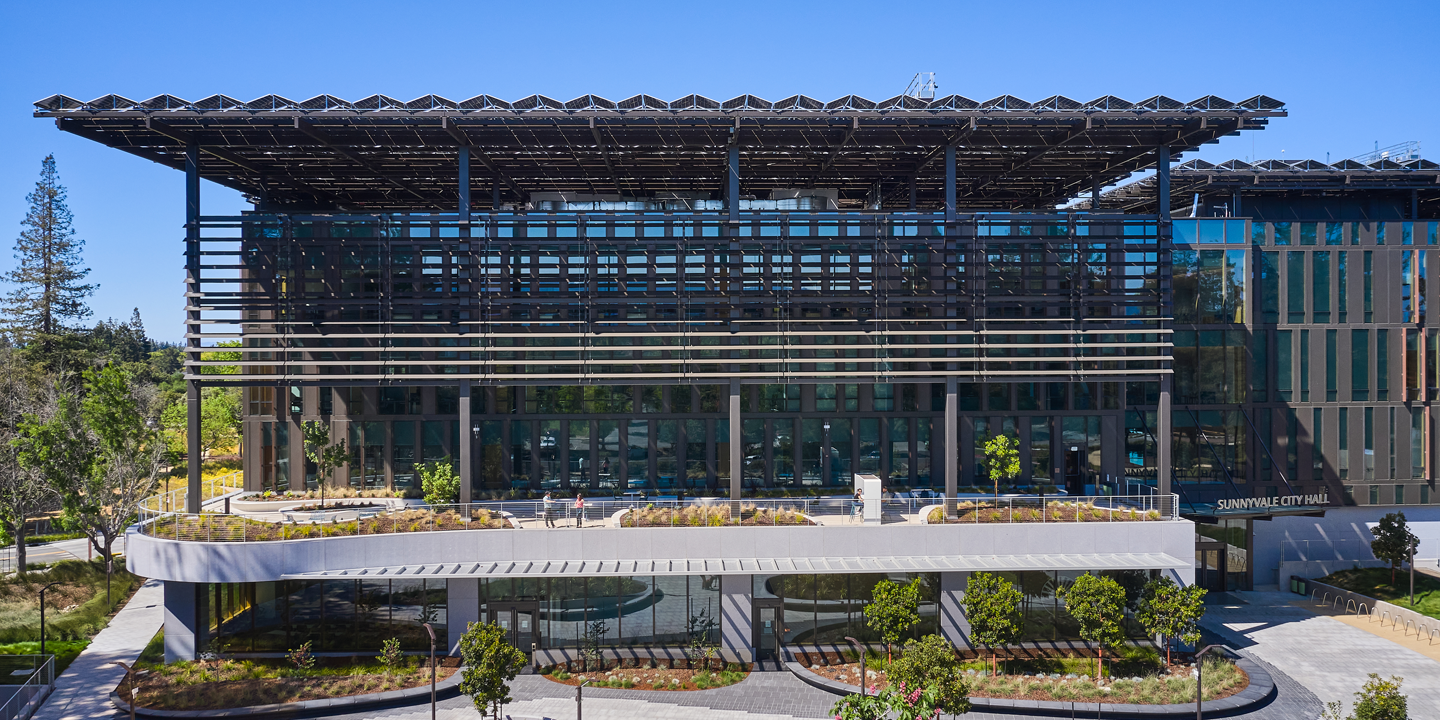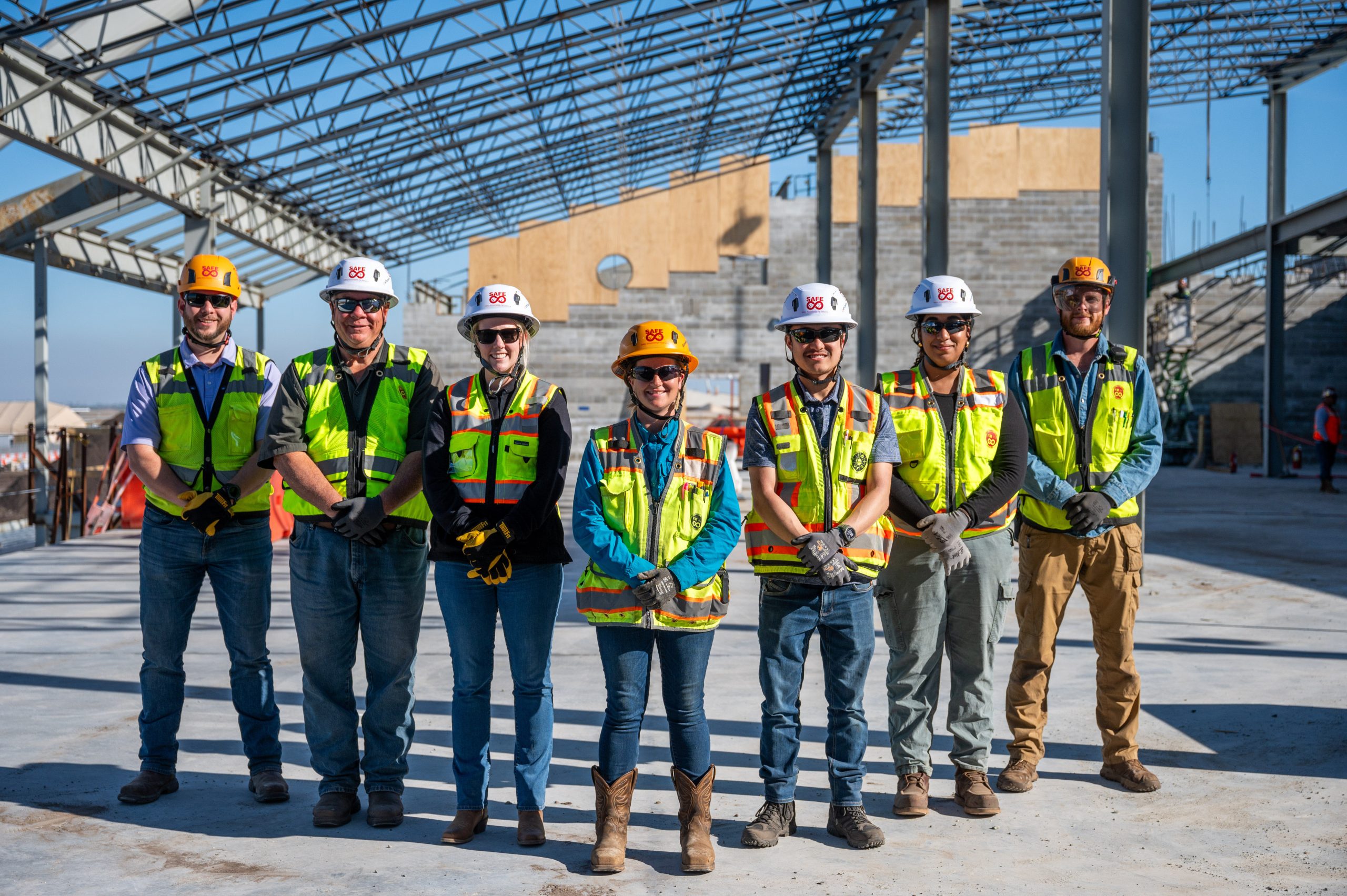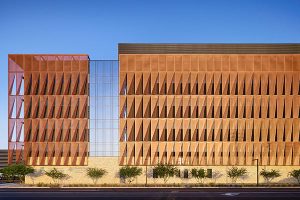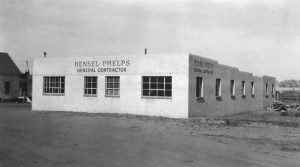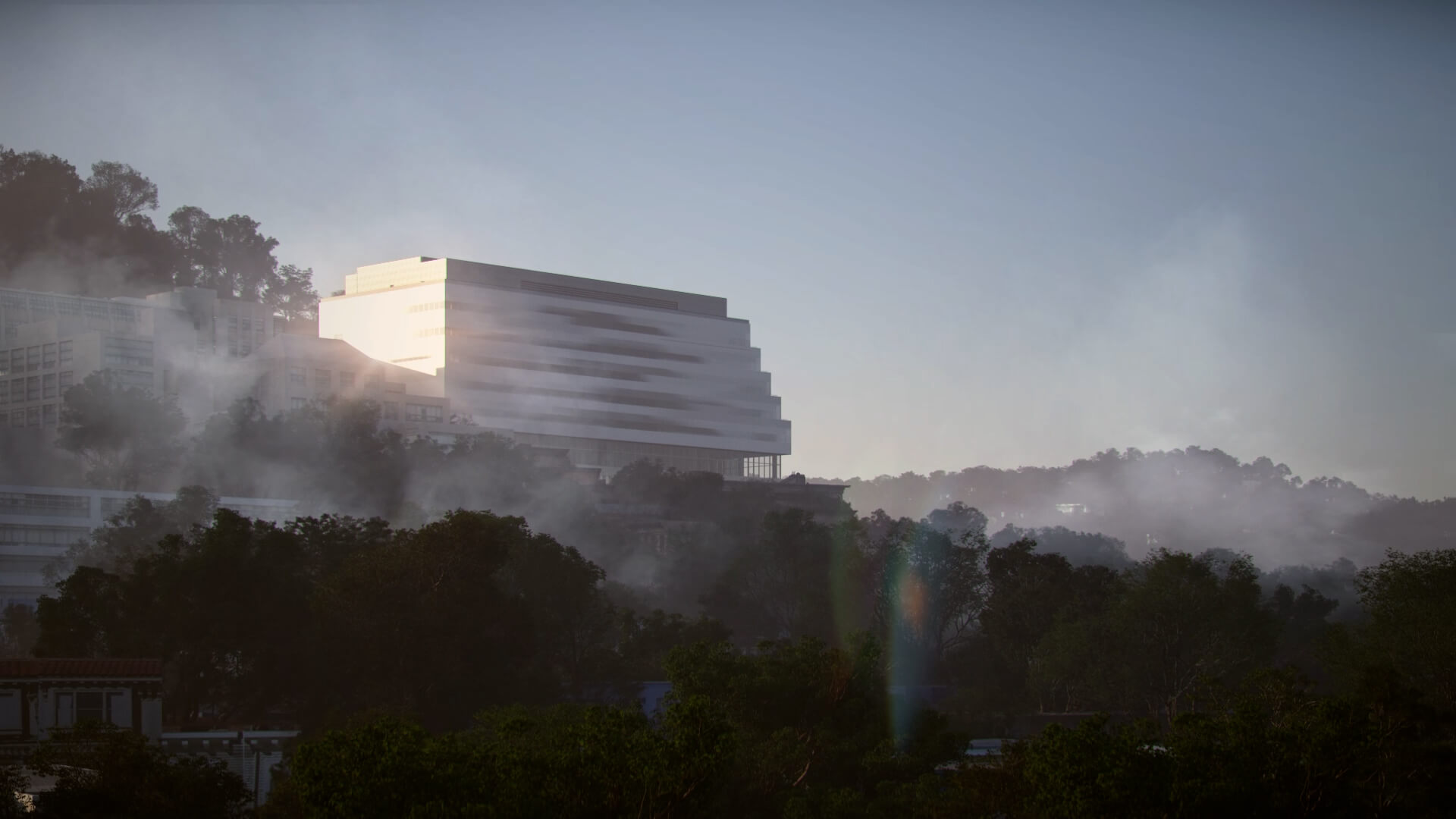
The 323,000-square-foot sustainable facility will include 147,100 square feet of universal labs and serve as the new home for the UCSF School of Nursing
The University of California, San Francisco has broken ground on the Barbara and Gerson Bakar Research and Academic Building (BRAB), designed by architects HGA and Snøhetta and constructed by Hensel Phelps. This nine-story, 323,000-square-foot facility will advance translational research and drive innovative biomedical discoveries in critical areas such as cancer, diabetes, microbiology, immunology and cell biology.
Designed to foster multidisciplinary collaboration, BRAB will feature 147,100 square feet of reconfigurable research labs, complemented by both centralized and decentralized support spaces. The building will also provide 23,200 square feet for the UCSF School of Nursing and an 8,000-square-foot clinical research suite, offering participants access to advanced therapies. Specialized areas will be dedicated to cross-discipline UCSF initiatives, such as the Benioff Center for Microbiome Medicine, iMicro, Bakar ImmunoX and CoLabs. New flexible general education classrooms will double as community event spaces, enabling and encouraging the public to engage with UCSF in ways not previously possible.
“HGA is proud to partner with UCSF, Snøhetta and Hensel Phelps to design a facility that will bring transformative advancements in biomedical research and education,” said Chris Martin, Science + Technology Principal at HGA. “The Barbara and Gerson Bakar Research and Academic Building is a landmark project, offering flexible and innovative spaces that can adapt to evolving research needs while furthering UCSF’s mission to address today’s most pressing health challenges.”
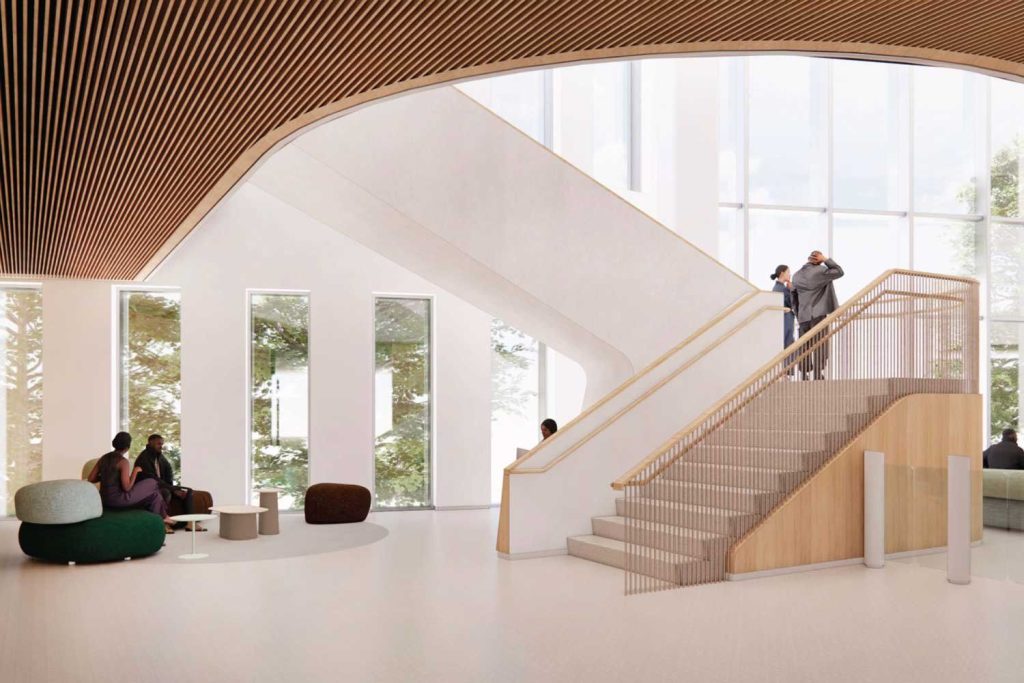
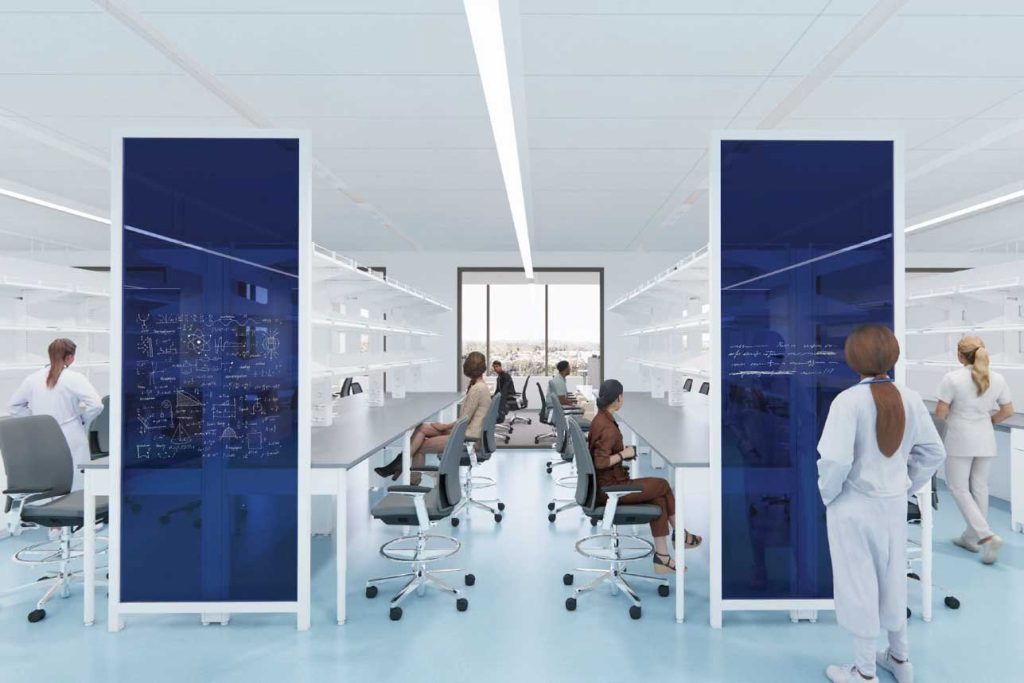
The project is a design-build collaboration, with HGA serving as the Executive Architect (AOR), leading the design of interior spaces including research laboratories, Snøhetta overseeing the overall building design, including landscape and site improvements and Hensel Phelps responsible for construction.
Situated on the former site of UC Hall, the first University of California hospital building established in 1917, BRAB’s form and structure are designed to optimize natural light and mitigate winds at the pedestrian level. In addition to the building itself, the project includes revitalizing the Parnassus Streetscape and introducing a new east-west public promenade featuring native plants and an overlook with views of the city, Golden Gate Park and the Pacific Ocean. The project is also the first to lay the groundwork for north-south campus and public connections between Golden Gate Park and the trails of Mount Sutro, a key aspiration and public benefit identified in UCSF’s Comprehensive Parnassus Heights Plan.
“Urban landscapes have the capacity to connect places and people; and San Francisco has a wonderful legacy of offering unique public routes through a dynamically topographic city,” said Michelle Delk, FASLA, Partner, Snøhetta. “We hope the sequence of interconnected exterior spaces in and around BRAB are another contributor into this rich fabric by not only providing an exciting new home for the campus community but also an accessible and inviting bridge between the broader neighborhood and Mount Sutro.”
In preparing the Parnassus Heights site for the new facility, the construction team began abatement and demolition work on UC Hall in early 2023. The next phase of construction is already underway and the steel building structure is anticipated to top out in late 2025. The building is expected to reach completion in fall 2027, with occupancy slated for early 2028.
“With early demolition and shoring work complete, Hensel Phelps is excited to start construction on the Barbara and Gerson Bakar Research and Academic Building,” said Todd Temple, Operations Manager at Hensel Phelps. “Working with UCSF, HGA, Snøhetta and all our trade partners to reach this groundbreaking milestone has been a true team effort. When complete, this innovative facility will provide spaces that inspire collaboration among researchers, educators and students for many years to come.”
BRAB’s multidisciplinary function led the project team to prioritize connectivity in the building’s design. The lobby uses daylight and clear visual connections to support natural wayfinding, and features abundant seating and spatial variety to encourage impromptu meetings and social interaction. The research areas are designed to be dynamic and inviting, incorporating strategically placed “habitats” that foster organic engagement while maximizing natural light and stunning views of the Golden Gate Bridge, the Pacific Ocean and downtown San Francisco. A new bridge connects BRAB to an extensive campus network of research and clinical spaces, and will speed personalized treatments developed in BRAB to patients in the connected UCSF Health Helen Diller Hospital when it comes online, which is expected in 2030.
BRAB’s design prioritizes sustainability to support UCSF’s carbon neutrality goals. The building will be all-electric, constructed with low-carbon concrete and aims for LEED Gold certification. Sustainable features will address water use, air quality and waste reduction, while bird-safe glazing will minimize glare and protect wildlife.
ABOUT HENSEL PHELPS
Founded in 1937, Hensel Phelps is one of the largest employee-owned general contractors in the United States. Driven to deliver EXCELLENCE in all we do, our vision and our core values of Ownership, Integrity, Builder, Diversity and Community define our Hensel Phelps culture and guide us as we bring our clients’ projects to life. For more information about Hensel Phelps, visit www.henselphelps.com.
ABOUT HGA
HGA is a national interdisciplinary design firm committed to making a positive, lasting impact for our clients and communities through research-based, holistic solutions. We believe that great design requires a sense of curiosity—forming deep insight into our clients, their contexts, and the human condition. We are a collective of over 1,200 architects, engineers, interior designers, planners, researchers, and strategists. Our practice spans multiple markets, including science and technology, corporate, cultural, education, local and federal government, and healthcare. Visit HGA.com or follow on LinkedIn and Instagram.
ABOUT SNØHETTA
For more than 30 years, Snøhetta has designed some of the world’s most notable public and cultural projects. Snøhetta founded the practice in 1989 with the competition-winning entry for the new library of Alexandria, Egypt. This was later followed by the commission for the Norwegian National Opera and Ballet in Oslo, the National September 11 Memorial Museum Pavilion at the World Trade Center in New York City, and the expansion to SFMOMA, among many others.
Since its inception, the practice has remained committed to sustainable design and the public realm, integrating architectural, landscape, interior, product, graphic, digital design and art across its projects. The collaborative nature between Snøhetta’s different disciplines is an essential driving force of the practice.
